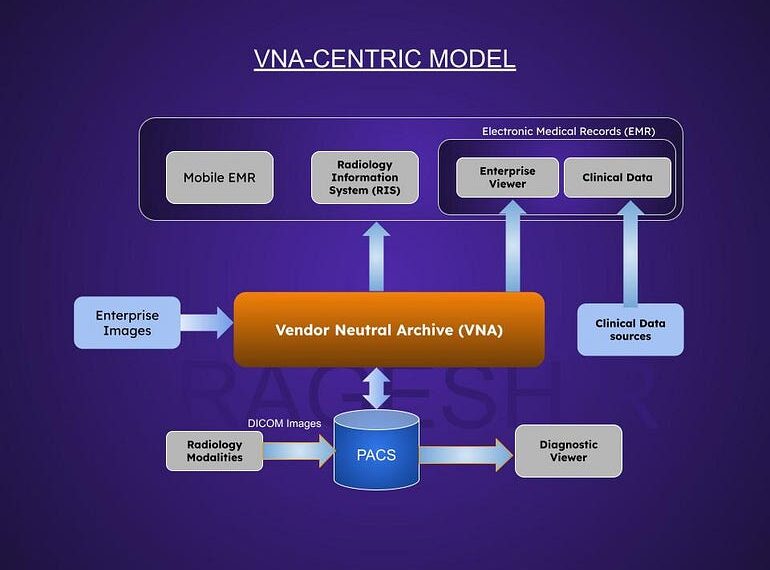5 Things to Keep in Mind While Building a Cloud Strategy

From security concerns to financial issues, most consumers have misconceptions about exactly how cloud computing works. Myths continue to plague cloud computing. These misconceptions can slow business, stifle innovation and fuel fear. Cloud computing is becoming an integral part of the computing world, with profound implications for many businesses. Therefore, it is essential for IT managers and enterprise architects to develop an overall cloud strategy for their organization.
Although cloud computing has become more mainstream over the past few years, some of the myths that circulated when it first emerged still exist. In this article I tried to clarify few of them.
Does the Cloud really save money?
While moving to a cloud-based system can certainly reduce business IT costs, other reasons businesses use the cloud include convenience, enhanced collaboration capabilities, and simplified data retrieval and storage. But there are many other reasons to move to the cloud, the most common of which is agility. All business decisions, including cloud decisions, are ultimately about money. Even if agility is the end goal, cost is still an issue. Don’t assume you’ll save money if you haven’t done the hard work of honestly analyzing your situation
Cloud is the solution for all ?
The cloud is well suited for certain use cases, such as highly variable or unpredictable workloads, or when self-service provisioning is essential. However, not all applications and workloads are suitable for the cloud. For example, migrating legacy applications is generally not a good use case unless there is a clear cost saving.The cloud may not benefit all workloads equally. Don’t be afraid to offer non-cloud solutions when the time comes.
Is cloud more secure than on-premise?
While businesses should certainly consider the security of their information when choosing a data storage solution, it’s not correct to assume that the cloud is less secure than on-premises solutions. In the past, cloud computing was considered less secure than on-premises functions. However, security breaches in public clouds are rare and most still involve misconfiguration of cloud services. Today, most cloud providers invest heavily in security and realize that if they don’t, their business is at risk.
However, this does not mean that security is guaranteed in the cloud. Cloud security is a shared responsibility between providers and consumers. A good cloud provider offers a suite of protections designed to protect your data from prying eyes.
Does multi cloud save you from vendor lock?
Most organizations usually start with one cloud provider, but eventually fear becoming too dependent on one provider and start using another for the sake of it. This is called multi cloud. Multicloud can also take a capability-based approach. For example, an organization may use Amazon Web Services as its primary cloud infrastructure provider, but decide to use Google for analytics and big data.
IT managers should not assume that only multi cloud as part of a cloud strategy will solve all inclusion problems. If inclusivity is identified as an underlying problem, more focused efforts are needed to find real solutions.
The most common exceptions to the multi-cloud trend are organizations that focus their investments on a single-vendor technology stack. Some struggle to justify the effort and cost of working with multiple cloud providers. It is wise not to go directly from on-premises deployments to multi-vendor cloud deployments,
Know your cloud strategy
A cloud strategy should be comprehensive and distinct from the implementation plan. As CIOs, CTOs, and other IT managers plan their use of the cloud, a solid understanding of myths and facts will help shape realistic expectations around cloud computing.
There are three levels of strategy.
Long-term business strategy :- Emanates from the top management or the board of directors and aims to make everyone understand the mission of the organization.
Strategic plan:-They are more midterm, and there can be a lot of them. A cloud strategy fits here.
Operational plan:- In the cloud world, it is a cloud adoption plan, cloud implementation plan, or cloud migration plan. These plans are often incorrectly called cloud strategies.


Author –Ragesh R
IT professional specialized in healthcare technologies with over two decades of experience. He also has a fondness for photography, traveling, designing, painting, and sharing knowledge.





